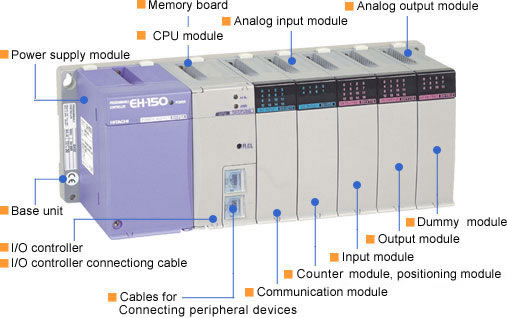A PROGRAMMABLE LOGIC CONTROLLER (PLC) is an industrial computer control system that continuously monitors the state of input devices and makes decisions based upon a custom program, to control the state of devices connected as outputs.Almost any production line, machine function or process can be automated using a PLC. The speed and accuracy of the operation can be greatly enhanced using this type of control system. But the biggest benefit in using a PLC is the ability to change and replicate the operation or process while collecting and communicating vital information.
for the beginners in PLC.
programming & documentation pads(ALL) (720k pdf file)
These useful PLC listing pads allow you to implement better
PLC design implementations and keep an orderly
documentation system. Select a PDF with all listing and sample pads or individual listings with sample.
PLC Program listing(184k pdf file)
Input/Output Listing(200K PDF file)
Register-Word/Internal Output Usage Listing (196K PDF file)
PLC Automation Project Notes (168K PDF file)
PLC Glossary of Terms (92K PDF file)


